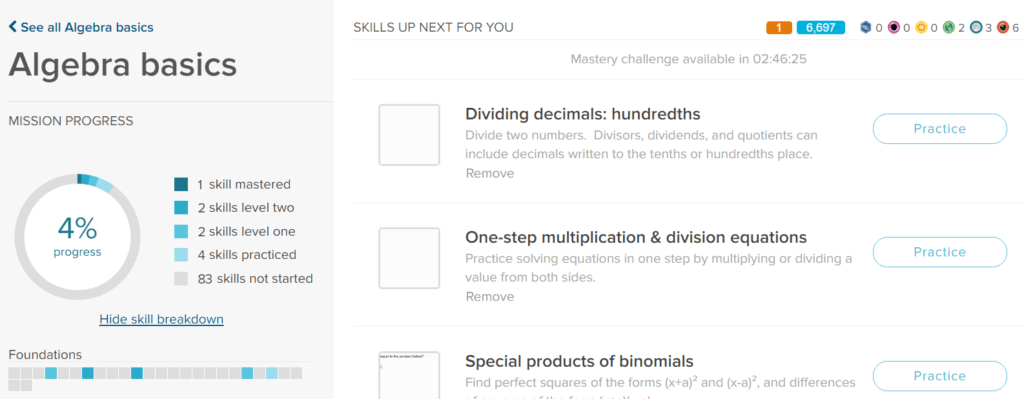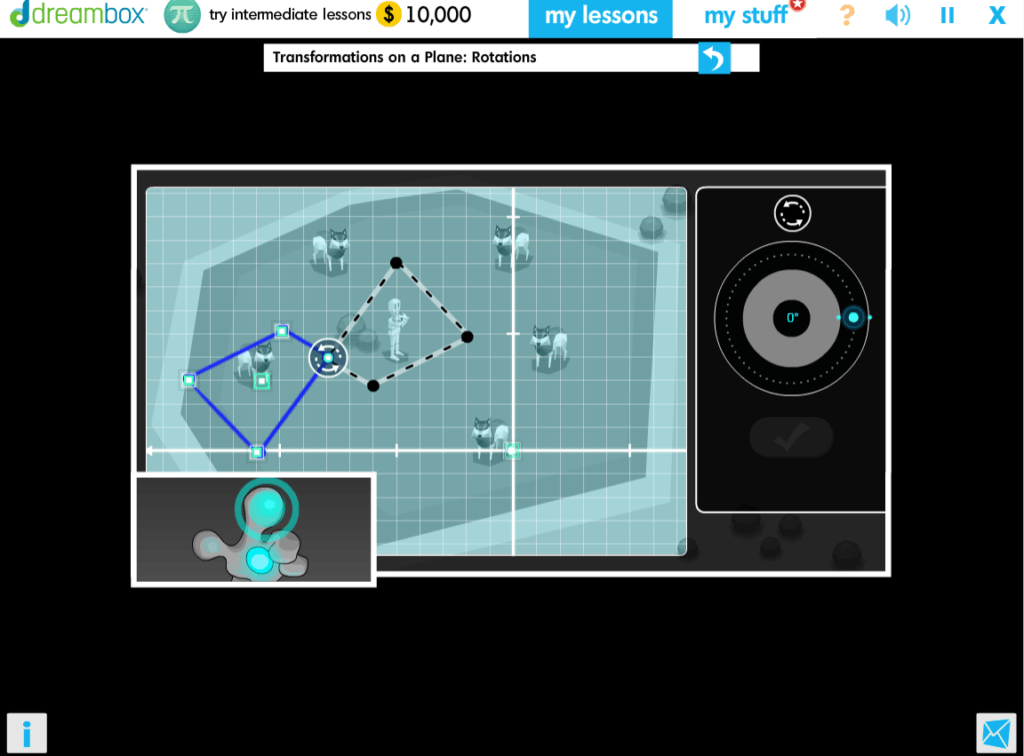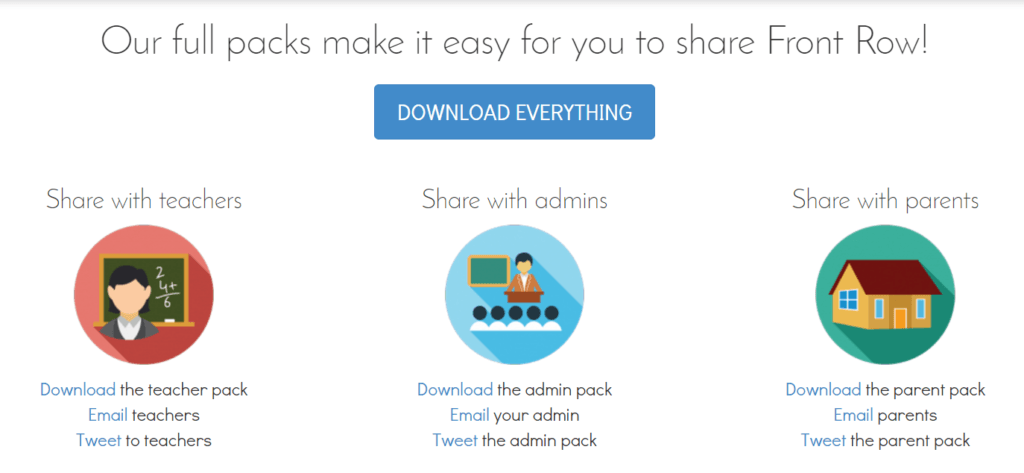Disrupting Textbooks with Digital Content

Traditional educational publishers like McGraw-Hill are forced to grapple with a new reality where content is provided online versus in a heavy, expensive textbook.
McGraw-Hill Education is an educational publisher, known for textbooks in K-12 and higher education. The organization has approximately 21% market share in higher education and 19% market share across K-12 as of 2015 [1]. Printed textbooks were the traditional source of educational material and content since 1821, but information digitization and increased access to the internet has challenged education publishers.
Prior to the digitization of content, educational publishers were in a very protectable industry – the barriers to entry were high as investments needed to be made initially to create content and produce textbooks. Publishers could charge high prices for their content as schools and districts lacked access to the content without textbooks.
Given their stable place in the market – textbook publishers stopped ensuring that they were providing the best content for their customers. They failed to differentiate for students at various levels of understanding, and didn’t provide engaging material for teachers to use in their classroom. Author Beverlee Jobrack supported this, saying: “Publishers are incentivized to create materials that appeal to teachers who don’t want to change, so curriculum materials [that could be more engaging/effective] … are less profitable.”[2]
But with increased access to the internet, educational content became much more low-cost and easily scalable. By putting educational content on the web – any teacher or student can access the content without needing a printed book. Given that traditional educational publisher like McGraw-Hill didn’t quickly provide engaging content online, other ed-tech providers quickly came in and took advantage of an opportunity to disrupt. New content providers such as Khan Academy, DreamBox, LearnZillion, Front Row Education are able to take advantage of some clear new business models:
- Ability to cheaply upload content and scale to large audience: Khan Academy started with Sal Khan (a former HBS alum!) uploading tutoring videos for his cousins to access on YouTube. Given that content was hosted online, online content providers can easily update content to make it more relevant, engaging and respond to teacher and student feedback compared to a static textbook.
A screenshot of one of Khan Academy’s math videos [3]
- Ability to personalize content and engage students in a new way: Ed-tech companies have built personalization into the technology allowing students to engage with content that is at the right academic level, helping them identify immediately if they are getting questions right or wrong and supporting a student in their learning. Organizations are also adding different levels of gamification in to enhance the student experience.
 A screenshot of a student dashboard with recommended skills to work on [4]
A screenshot of a student dashboard with recommended skills to work on [4]
A screenshot of a DreamBox gamified environment on geometry [5]
Operationally, new ed-tech organizations have fundamentally changed their pricing and selling models given they are technology based organizations.
- Freemium models: Some providers, such as Front Row Education, LearnZillion, are providing a portion of their content for free in order to build a user base and allow teachers to trial their products and content.
- Shift to selling through teachers instead of districts: With the shift to freemium models for some of these providers, organizations such as Front Row Education are taking on a selling model where teachers who are using the free platform sell up the chain to principals and districts, versus having their own salesforce sell down through the district.
A screenshot of materials that Front Row providers for users to share with their communities [6]
With these models, new ed-tech providers are able to create low switching costs for teachers and districts to move away from traditional publishers and towards using more digital content.
As a reaction, McGraw-Hill and other educational publishers have started acquiring education technology organizations in order to build out this capability. For example, McGraw-Hill acquired ALEKS, an online math platform in 2013 [7] and Redbird Advanced Learning an adaptive online platform, in September 2016 [8]. With these acquisitions and the build out of internal tools, McGraw-Hill has shifted their product mix towards digital with 56% of billings from digital in 2016 YTD compared to 29% in 2012 [9]. But in the meantime, McGraw-Hill has been losing value, as they neglected to understand the disruption that digitization could cause to their core business and have been behind the innovations. As of Q3 2016, McGraw-Hill Education’s total billings YTD were down 7% from 2015 and EBITDA was down 14%. [10]
In order to continue to be relevant in the education industry, it is critical that McGraw-Hill invest heavily in digital content, tools and platforms. This can be both through continued acquisitions as well as building out product and innovation groups in-house. The organization really needs to shift towards becoming more of a technology industry, with subscription revenues, continuous product enhancements and a laser focus on serving their customers: students and teachers.
(Word count: 791)
[1] McGraw-Hill Education. (2015). S-1 Registration Statement. Retrieved from https://www.sec.gov/Archives/edgar/data/1651444/000119312515312834/d163477ds1.htm
[2] Matthews, Jay. “How to Save Our Ineffective Textbooks.” The Washington Post, February 26, 2012. https://www.washingtonpost.com/local/education/how-to-save-our-ineffective-textbooks/2012/02/22/gIQAmEgPcR_story.html, accessed November 2016.
[3] Khan Academy, “Evaluating expressions with two variables,” https://www.khanacademy.org/math/algebra/introduction-to-algebra/alg1-substitution/v/evaluating-expressions-in-two-variables, accessed November 2016.
[4] Khan Academy, “Dashboard,” https://www.khanacademy.org/mission/algebra-basics?ref=current_missions, accessed November 2016.
[5] Dreambox, “Transformations on a plane: Translations,” https://play.dreambox.com/student/dbl?back=http%3A%2F%2Fwww.dreambox.com%2Fk-8-math-lessons&grade=8, accessed November 2016.
[6] Front Row, “Sharing Front Row,” https://www.freckle.com/sharing/, accessed November 2016.
[7] McGraw-Hill Education, “McGraw-Hill Education Agrees to Acquire ALEKS Corporation, Developer of Adaptive Learning Technology for K-12 and Higher Education.“ PR Newswire, June 20, 2013. http://www.prnewswire.com/news-releases/mcgraw-hill-education-agrees-to-acquire-aleks-corporation-developer-of-adaptive-learning-technology-for-k-12-and-higher-education-212301011.html, accessed November 2016.
[8]McGraw-Hill Education. “McGraw-Hill Education Acquires Redbird Advanced Learning, A Digital Personalized Learning Provider for K-12.” press release, September 30, 2016. McGraw-Hill Education website, http://investors.mheducation.com/news/investor-news/press-release-details/2016/McGraw-Hill-Education-Acquires-Redbird-Advanced-Learning-A-Digital-Personalized-Learning-Provider-for-K-12/default.aspx, accessed November 2016.
[9] McGraw-Hill Education. “McGraw-Hill Education Q3-2016 Update.” November 8, 2016. McGraw-Hill Education website, http://s21.q4cdn.com/895506043/files/doc_financials/quarterly-reports/2016/q3/Q3-2016-Investor-Presentation_Final-POSTED-TO-SITE.PDF, accessed November 2016.
[10] Ibid.






Is there still a place for more traditional textbooks in education? I would argue yes, at least for the immediate future. I worry that if McGraw Hill and other major textbook publishers are pouring their resources into digitization that traditional textbooks will continue to decline. Is McGraw Hill doing anything to revitalize their core business and improve their non-digital content. I understand the immense benefits of the digitization of education. However, there is not widespread access to these resources. My concern the gap in education quality could increase if more traditional textbooks are ignored in favor of digital technology. However, perhaps this would be a short term problem as access to technology is classrooms becomes more ubiquitous.
Interesting post! The move towards digital content is very real and palatable for a variety of reasons. With this shift, I wonder about the impact of having students spend even more time using screens – in terms of detrimental impacts on eyesight, as well as the increased scope for distractions? I’m also curious as to whether there are infrastructure limitations that will impede the proliferation of digital content into classrooms. Do schools whose students’ families would welcome the cost savings the most have the wifi capabilities and IT support staff to allow the online platforms to work smoothly?
Great post! I think it’s great that the textbook industry is finally feeling some disruptive effects.
I thought it was very interesting that you mentioned some online platforms are marketing directly to teachers rather than districts to get traction with their products. My question here is whether school boards still serve as a barrier to entry here? Specifically, I know that some districts centrally agree on curriculum that is taught in schools. Do McGraw-Hill and other big players have an advantage here by cultivating close relationships with school boards?
Another trend that I’ll be eager to watch is the growing democratization of higher education with online platforms. Do you think that these platforms have the potential to dismantle traditional school models, or will branded institutions stick around?
Thanks again for sharing!
Hi Margaret, thanks for this great post! I’m a big believer in blended education and I think that evolving traditional textbooks will be wonderful for both students and teachers. I was curious to learn about how Front Row Education is able to sell to individual teachers rather than districts–I had assumed that curriculum decisions would need to be made top down. I hope that digitally savvy teachers are able to help drive this shift across their schools and districts.
I am concerned about implementation of a shift to digital textbooks for traditional players like McGraw Hill. Once McGraw makes the shift, they will likely need to educate a lot of teachers, including older, less technologically savvy teachers rather than just selling to early adopters. How do you think McGraw Hill can effectively train so many customers at scale? And what about helping parents understand the new learning materials?
Interesting post, it reminded me of all of the painful textbook purchases back in college! I saw that McGraw Hill teamed up with Georgia Tech earlier this month to offer a free MOOC (Massive Open Online Course) for future applicants to earn college credit using their Smartbook technology. The course will be freely available through edX, the nonprofit online learning platform founded by Harvard and MIT. Smartbook is a digital version of a course textbook and actively tailors the content to the student. How do you see this product growing for McGraw Hill? I would be interested in seeing the price differential between a traditional textbook and the Smartbook- it may address the shift to digital consumption but not the threat of free or low cost teaching alternatives. MOOCs are another interesting avenue to explore, but given they are low or no cost, it does not seem like a huge revenue source.